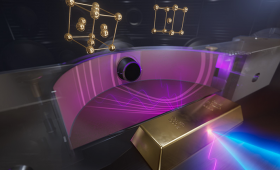In a recent paper, LLNL researchers and collaborators conducted high-pressure experiments with gold.
Science and Technology
in the News
Science and Technology
in the News
News Center
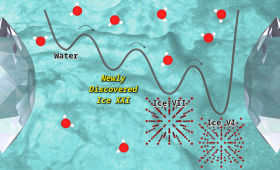
In a recent study, LLNL researchers explored how water freezes under extreme compression at room temperature.
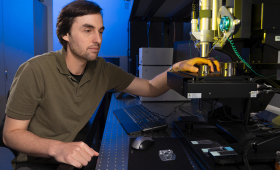
In a recent study, an LLNL postdoctoral researcher demonstrates a novel pathway for producing significant quantities of water on sub-Neptune-sized exoplanets.
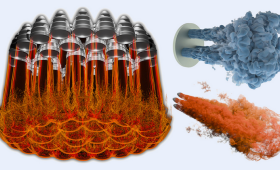
Researchers used LLNL's exascale supercomputer El Capitan to perform the largest fluid dynamics simulation ever.
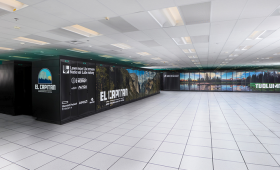
LLNL's El Capitan once again claimed the top spot on the Top500 List of the world’s most powerful supercomputers.

LLNL scientists and collaborators have achieved a milestone in biological computing: completing the largest and fastest protein structure prediction workflow.
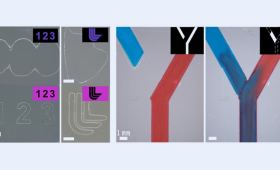
In a new study, LLNL researchers developed a hybrid additive and subtractive manufacturing system with a unique resin that enhances traditional 3D printing.
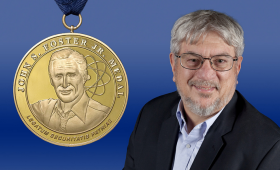
Director Kim Budil announced that the 2025 John S. Foster, Jr. Medal is awarded to Michael R. Anastasio, former director of both LLNL and Los Alamos National Laboratory.
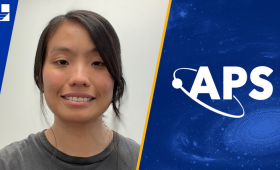
Wei Jia Ong, an LLNL staff scientist, has been recognized as the recipient of the APS 2025 Stuart Jay Freedman Award in Experimental Nuclear Physics.

In a recent study, LLNL and Lawrence Berkeley National Laboratory scientists described how synchrotron-based scanning transmission X-ray microscopy (STXM) can identify chemical states and material impurities at the scale of individual particles.


